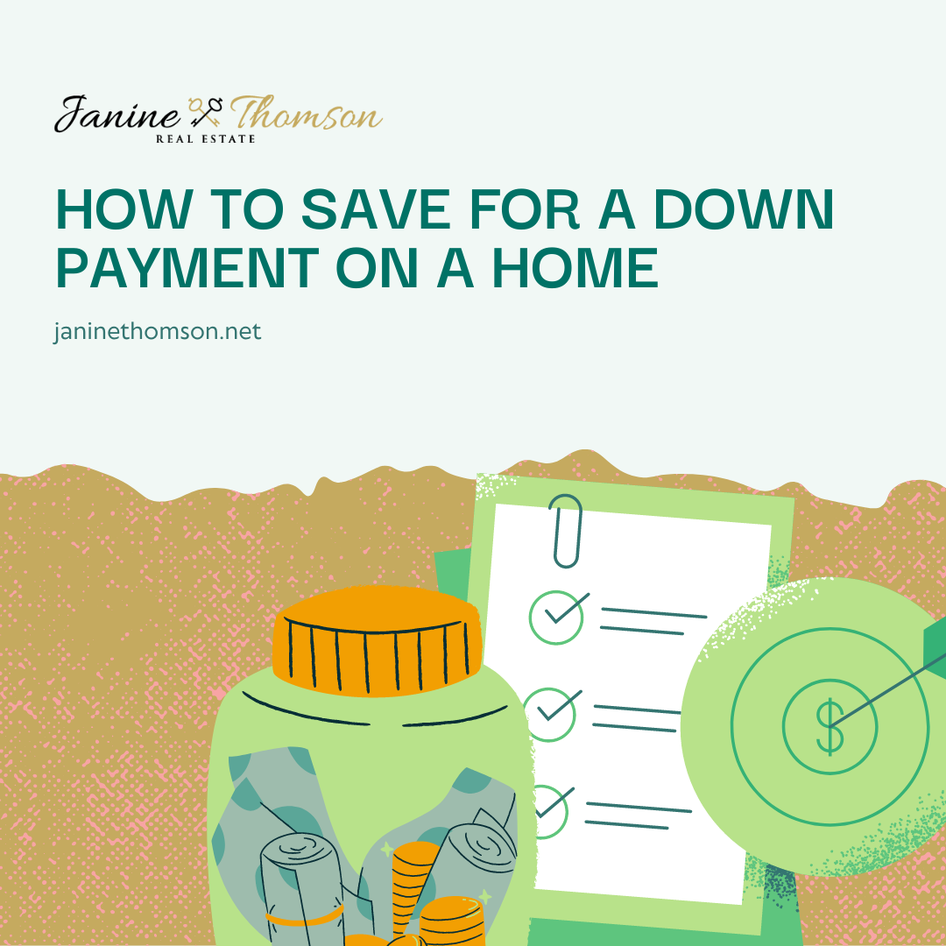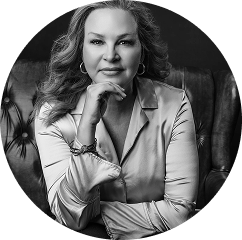

Saving for a down payment on a home is a significant financial goal that requires careful planning and disciplined saving. Here are some practical strategies to help you save effectively for your home down payment:
- Set a Clear Goal: Start by determining how much you need for a down payment, which can vary based on the price of the home and the mortgage requirements. Typical down payments range from 5% to 20% of the home's purchase price. Once you have a target amount, set a timeline for when you want to purchase the home.
- Create a Budget: Assess your current income and expenses to create a detailed budget. Identify areas where you can cut back on spending and redirect those funds towards your down payment savings. Essential categories to review include dining out, entertainment, subscriptions, and non-essential shopping.
- Open a Dedicated Savings Account: Consider opening a high-yield savings account or a money market account specifically for your down payment. This separation from your regular checking account can reduce the temptation to spend the money on other things and can help you track your progress more effectively.
- Automate Savings: Set up automatic transfers from your checking account to your down payment savings account. Timing this with your paycheck arrival ensures that saving takes precedence over other spending.
- Increase Your Income: Look for ways to boost your income, such as taking on freelance work, a part-time job, or selling items you no longer need. Apply all additional income directly to your down payment savings.
- Reduce High-Interest Debt: Pay down high-interest debts, such as credit card balances. This reduction will decrease the amount you spend on interest and can free up more money for saving.
- Take Advantage of Windfalls: Apply unexpected funds such as tax refunds, bonuses, or gifts directly to your down payment savings. These amounts can make a significant difference in reaching your goal faster.
- Cut Costs: Reevaluate larger expenses like rent, car payments, or insurance premiums. Consider downsizing your rental, refinancing your car loan, or switching insurance providers for better rates to save on monthly expenses.
- Government and Employer Programs: Investigate whether you qualify for any government programs, grants, or employer-assisted housing programs that can help you accumulate your down payment. For example, in the U.S., first-time homebuyer programs often offer favorable terms.
- Stay Motivated: Keep your goal in sight by visualizing your future home. Stay motivated by tracking your savings progress and adjusting your strategies as needed to ensure you stay on track.
- Limit High-Risk Investments: While it might be tempting to invest in high-risk stocks or cryptocurrencies to speed up your savings, the potential for significant losses is also higher. Consider safer investments or simply a savings account that can offer steady, albeit lower, returns.
By implementing these strategies, you can build your down payment savings more efficiently and get closer to purchasing your dream home. Consistency and patience are key to achieving this financial goal.
Disclaimer:
The information provided in these posts are for general purposes only. It is not written nor intended to provide legal advice or opinions of any kind. No one should act upon, refrain from acting, based solely upon the materials provided & recorded, or through any hypertext links and other general information, without first seeking appropriate legal and/or other professional advice.

